Italy’s Hillsideout is the brand behind treasured pieces at Casa Italia at the Tokyo 2020 Olympics.
What do Gianmarco Tamberi (high jump), Vanessa Ferrari (gymnastics), and Mara Navarria (épée fencing) have in common? Other than being athletes who have medaled in their Olympic disciplines (gold, silver, and bronze, respectively), they are also Italians, which means they must have spent time at the Tokyo Olympics 2020 Casa Italia.
Founded in the Los Angeles 1984 Olympics, Casa Italia is a hospitality house for athletes of the Italian team. Associated with the Made in Italy mark, it is the location at each games where athletes meet and where medals and records are celebrated.
Japan x Italy
For Tokyo 2020, Casa Italia is located at The Kihinkan-Takanawa Manor House. This two-floor villa, complete with a 19th-century garden, is situated in the Minato district, about 10km from the Olympic Village.
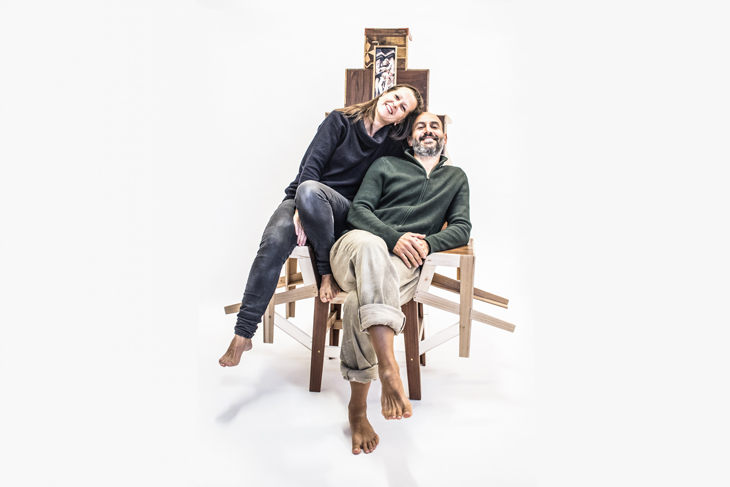
The news that beds for athletes at the Olympic village would be made of cardboard for sustainability (and rumored to be a deterrent to stop one other social aspect that the games are known for, during heightened cases of the pandemic) went viral, but for Casa Italia, no expense was spared.
This games’ concept is Mirabilia, curated by Claudia Pignatale (interior design curator) and Beatrice Bertini with Benedetta Acciari (art curator). The term was inspired by the Kircherian Museum, a cabinet of curiosities (known as a wunderkammer) with gathered pieces of art (artificialia) and natural objects (naturalia). This display was considered the first museum in the world. All the objects were called mirabilia. Thus, Casa Italia is the center that showcases the wonderful.
Amongst the highlights from famed contemporary Italian masters of art and design, are unique editions by the brand Hillsideout. Found in both floors of the villa, the pieces are linked by a visual and mental style that makes them all recognizable, from the same family. In one room is a pool and foosball table, and in the catering area, there stands a cocktail bar and a paravent.
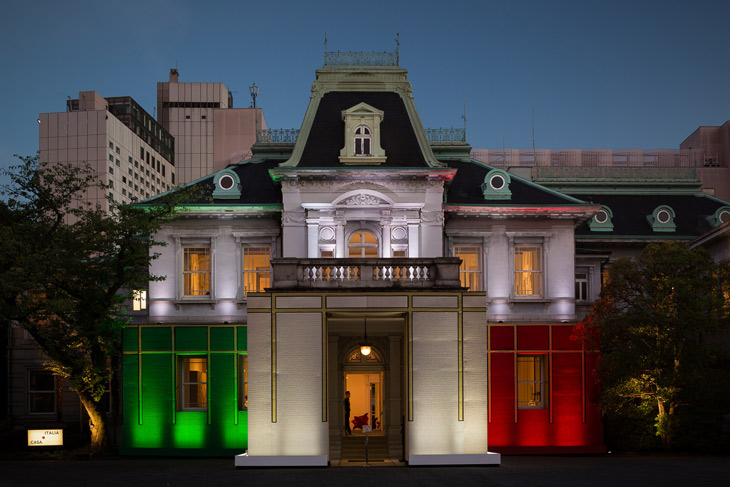
They all contain a strong aesthetic character, from the use of the wood, and their eye-catching, detailed handcraft.
At first glance, these pieces merely look like design, but a deserved second look will have the viewer appreciating the artisanal work that goes into creating these works. A billiard table has wooden shapes that remind of ancient temples, the foosball table is decked with heavy bronze columns, delicate prints on film and Japanese paper on the cocktail bar, and masks made of Murano glass in the paravent.
Art and furniture
Like any good work of art, Hillsideout aims to have anyone who sees these pieces question their point of view: are they functional? Merely design? Art? Functional art or art design?
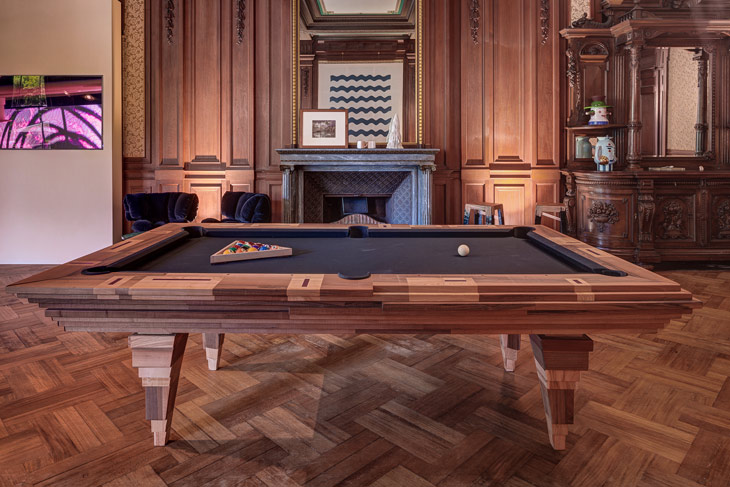
Hillsideout is a brand formed by Andrea Zambelli and Nat Wilms. Founded in 2009 as a collaboration between an Italian furniture restorer (Zambelli) and a German artist (Wilms), the decidedly not Italian-sounding name came from the couple’s roots and the mental direction where they wish to take the brand: out.
Inspired by the hills of Bologna, in the natural surroundings of the Apennines and its many abandoned homes, they proceeded to grow and start collaborations with art world perennials: galleries, architects, concept stores, collectors, and with other artists and artisans.
One of the fruits of these collaborations is located on the ground floor of Casa Italia. “Olimpia” is the pool table, created with Hermelin Billiards Milan, and the foosball table “Pirlì” made with artist Michele Balestra.
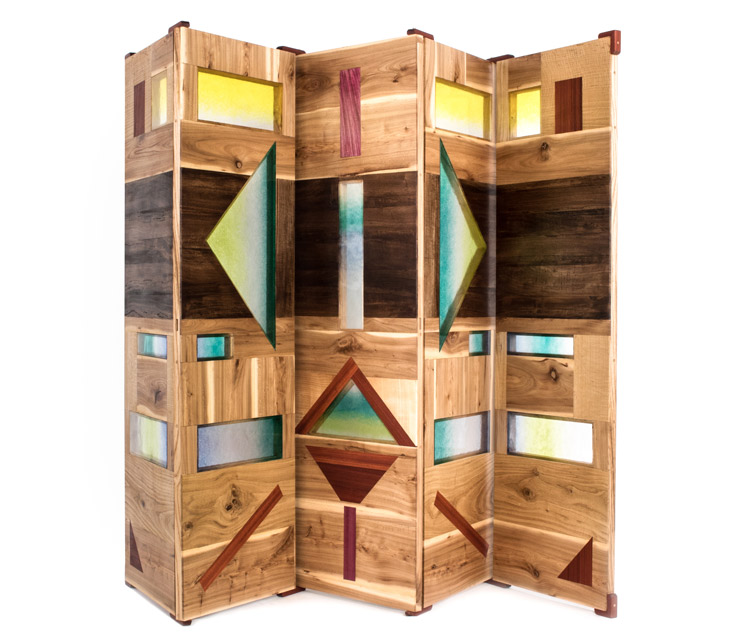
The cocktail counter resembles a “font of fortune,” reminiscent of a wishing well for those who have wishes they would like to be fulfilled—a gold medal, for example. According to Hillsideout, this site-specific piece is dedicated to the sign of luck: while sport is made of rigorous training and talent, good luck is a must.
Similarly stylish
Surrounding the counter are visual compositions that depict images of lucky Japanese symbols, like the sun, rice frogs, cats, koi fish, bonsai, and more.
The woods are commonly found in both the north and south of Japan and Italy, like walnut, larch, maple, chestnut, olive, and elm. This shared commonality was intentional: it was important to remember that despite the distance between the two countries, the differences are not that many.
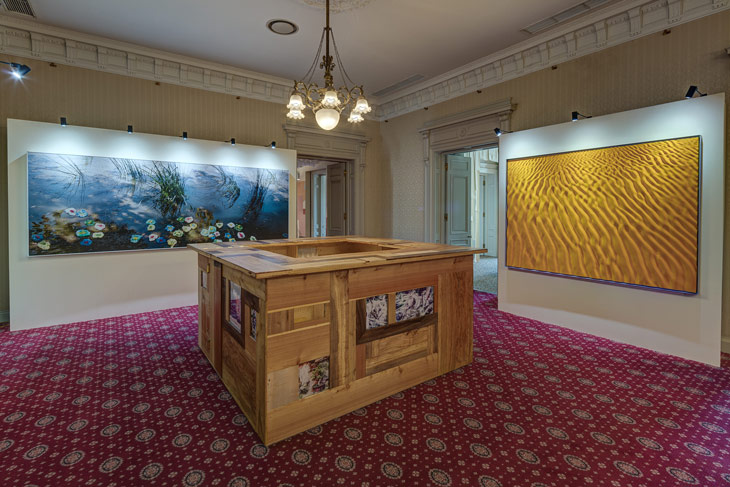
The Italian National Olympic Committee (CONI) will keep the bar for future events, and because it is customizable, will be able to place it as they see fit.
With shades made of Murano glass, the room is decorated with a mask that brings to mind indigenous rites. This continuous remembering is Hillsideout’s way of letting the viewer remember how many mysterious things we are surrounded by. It is better to look twice and appreciate all that we have, as we make our space in nature and light, contemporary living.





